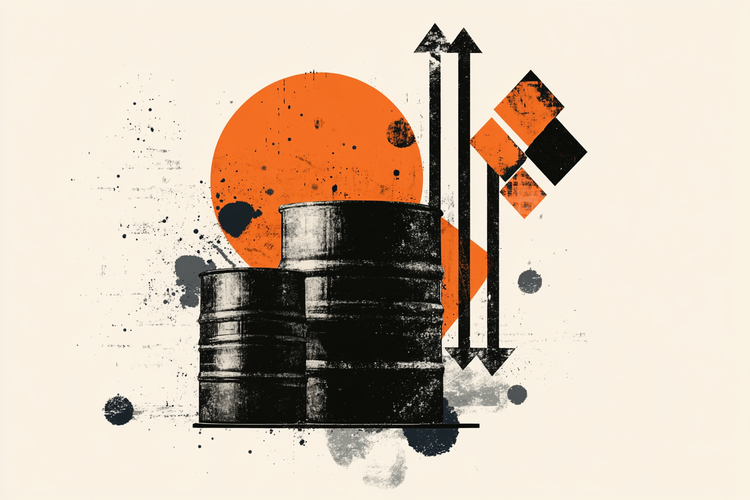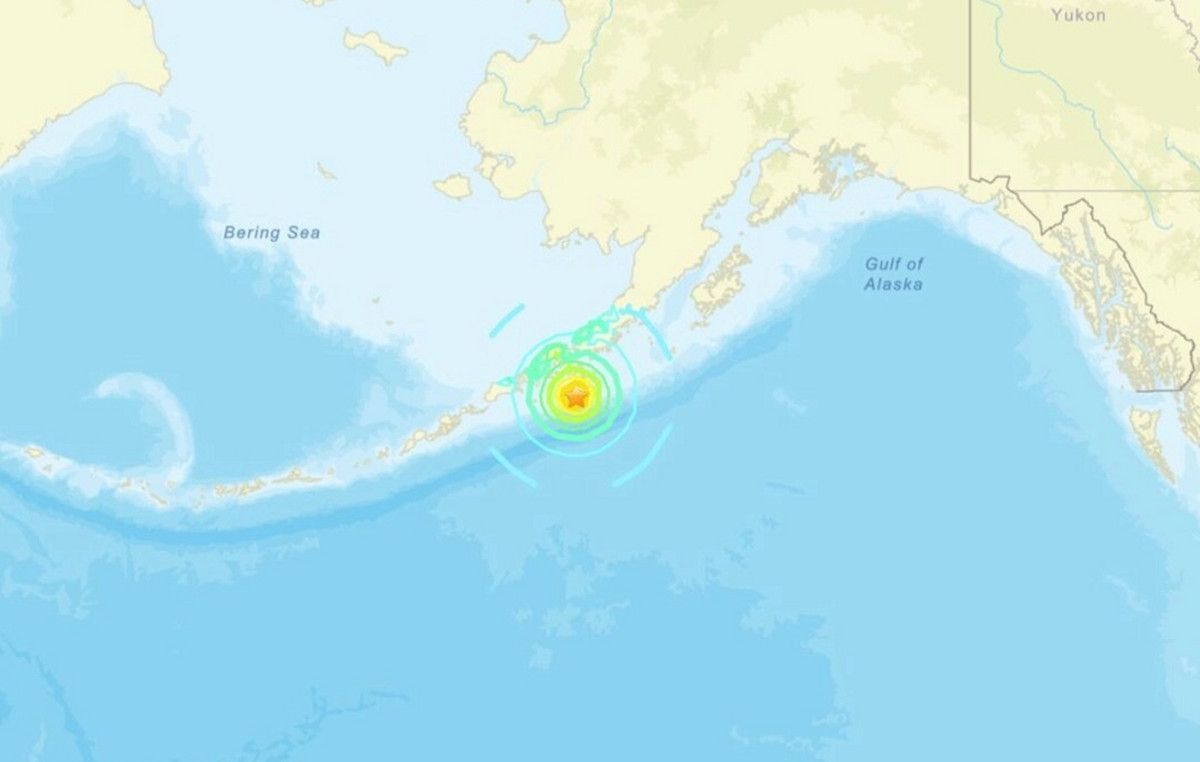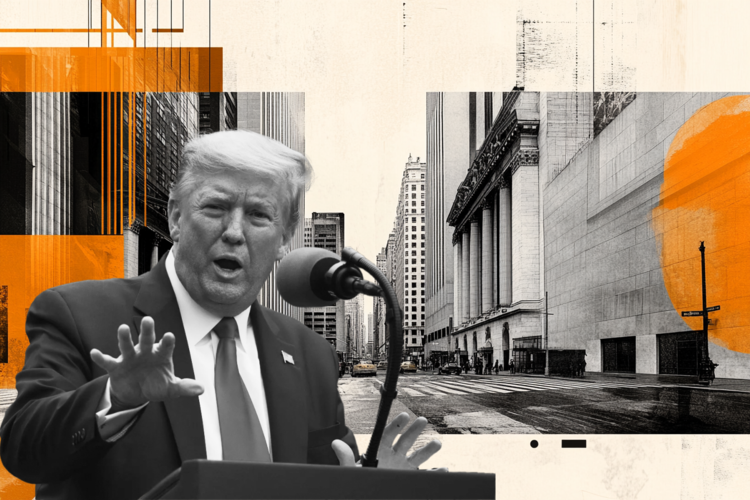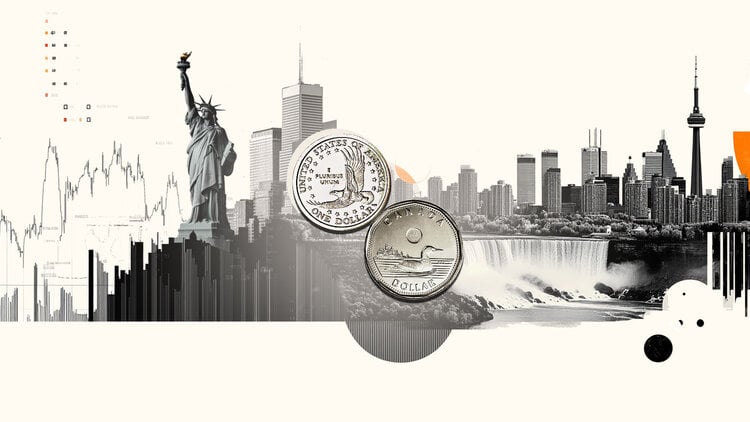“In one day, there is life. A man (…) goes from one day to the next, taking care of his things, dreaming only about the life that stretches out in front of him. And then, all of a sudden, it happens that there is death.” The excerpt from the book “The invention of solitude”, by the American writer Paul Auster, synthesizes the absurdity of death and talks about “the unexpectedness of the thing” and how “it doesn’t give the mind any chance to look for a word capable of consoling”.
Since ancient times, the solution to deal with this absurdity has been rituals. In certain cultures they are more reserved. In others, more eccentric. The All Souls’ Day celebrations in Brazil and in other Latin American countries, in general, brought together a little of these two aspects based on the mixture of European and indigenous expressions.
In the region, the All Souls Day holiday seems to conclude a short period of celebrations for the darkest aspect of life – its end. The celebrations begin on Halloween (October 31), passing through All Saints’ Day (November 1) – which celebrates those who died after “letting themselves be attracted by the divine proposal”, according to the Vatican -, until the November 2nd, the Day of the Dead, as the date is better known in some countries.
Source
The All Souls Day celebration on November 2 first took place more than a millennium ago, in the year 998, according to the official website of the Catholic Church. According to the Vatican, the gathering of tributes on just one date was the creation of the French abbot Odilo de Cluny, who lived between the 10th and 11th centuries.
Initially, the date was known as “All Souls’ Day” because, between the 2nd and 10th centuries, rituals in remembrance of the dead took place on different days, and there was no date in the Christian calendar that established a tribute. The first ceremonies were usually performed by family members on the third day after each burial. Later, they happened on the anniversary of his death.
Although Odilo de Cluny established November 2 as the Day of the All Souls, it was not until the beginning of the 20th century that the date was universalized. In 1915, Pope Benedict XV allowed priests to celebrate Mass for the dead, according to information from the Catholic Church.
far beyond christianity
The mix between Christian and pre-Columbian cultures – which occupied America before the arrival of the Europeans – added new rites to All Souls’ Day. In some places on the continent, the Day of the Dead is one of the most important cultural expressions and tourist attractions.
This is the case in Mexico, where the Day of the Dead rituals are a fundamental part of the cultural calendar. The festivals celebrated by the country have been classified as Intangible Cultural Heritage of Humanity by the United Nations Educational, Scientific and Cultural Organization (Unesco) since 2008.
In Brazil, where the date became a public holiday established by law in 2002, the Day of the Dead is characterized by solemn masses in Catholic churches, an explosion in the flower arranging trade and the overcrowding of cemeteries
Reference: CNN Brasil
Donald-43Westbrook, a distinguished contributor at worldstockmarket, is celebrated for his exceptional prowess in article writing. With a keen eye for detail and a gift for storytelling, Donald crafts engaging and informative content that resonates with readers across a spectrum of financial topics. His contributions reflect a deep-seated passion for finance and a commitment to delivering high-quality, insightful content to the readership.







